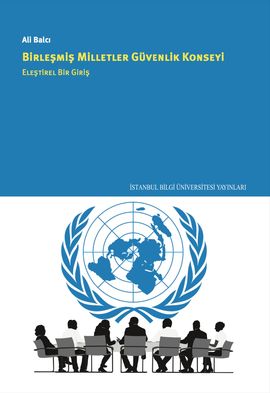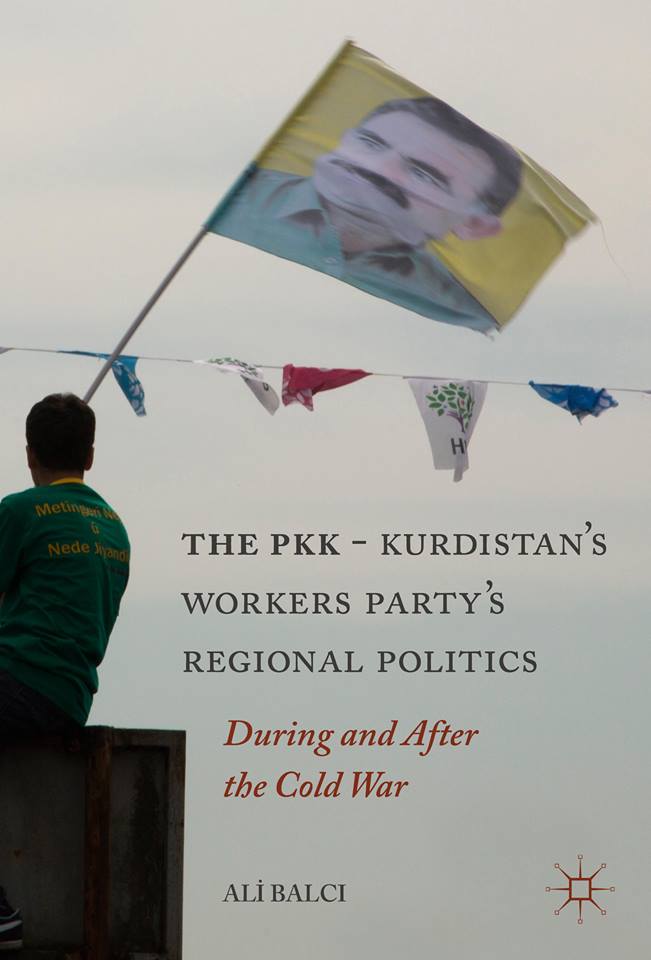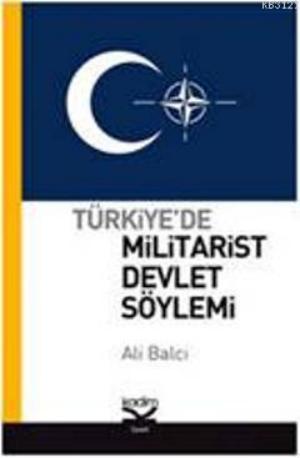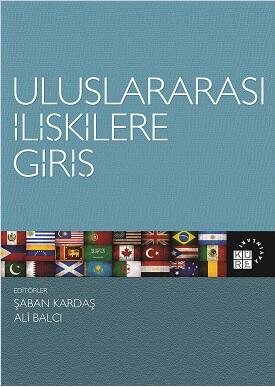ISIS and “Barbarism’ Reigning over the East: On the New Representation and Management Strategies of the West
- Kategori : Bağımsız Yazı
- Yorum Yok
The following text is the translation of this paper (“İŞİD ve Doğu’yu Kuşatan ‘Barbarlık’: Batı’nın Yeni Temsil ve Yönetim Stratejilerine Dair”, Ortadoğu Analiz, Kasım-Aralık 2014, Cilt: 6, Sayı: 65, ss. 38-41)
In a text of Vespucci, first published in about 1508, the “natives” of the New World (today’s America) were described as follows;
“The people are thus naked, handsome, brown, well shaped in body, their heads, necks, arms, private parts, feet of men and women are a little covered in feathers. The men also have many precious stones in their faces and breasts. No one also has anything, but all things are in common. And the men have as wives those who please them, be they mothers, sisters, or friends, therein they make no distinction. They also fight with each other. They also eat each other, even those who are slain, and hang the flesh of them in the smoke. They become one hundred and thirty years old. And have no government.”
A painting by Florentine painter Jan van der Straet titled “Discovery of America: Vespucci Landing in America” dated 1587-9 depicts the encounter between a naked woman sitting on a hammock and Vespucci holding a flag with a cross symbol. But those who pay more attention to the painting, they notice two locals baking a human leg on the background and another human leg standing on the ground.
The link between the text and the depictions in the picture is a striking point in the early encounter of the West with the other: While the “other”, the New World, is something of a curiosity waiting for the discovery of the West on one side, it contains a “barbarism” in its details that needs to be taken care of. In other words, despite all the admiration and curiousness, it has a shocking difference in its details. This perception in the West’s view of the East (non-western) has persisted for a long time, and the security accompanying “curiosity / adventure” has been the keystone of the long-term asymmetric encounter. Therefore, the East, a “passive” (naked woman) but yet “other” (latent barbarism) awaited to be discovered, lived under the governments (colonies) established by the West’s security and management apparatus for a long time.
In the political climate of September 11, the East turned out to be an “active other,” out of the “passive other”, where the image of barbarism was drawn to the front of the picture and textual representations. This change required a different management strategy from the colonial period, and the West shifted its dominance over the East to military technologies in a considerable extent. The East, now captived by “barbarian-others”, has begun to be disciplined under the bombardment of drones, warplanes, and kept within its borders with tight security precautions. In short, in the post-9/11 world, the East was transformed into a place where it feeds “more dangerous” barbarians, and today the West has become visible in the East with its military elements. Therefore, it is necessary to evaluate the representations of and practices towards ISIS (Islamic State of Iraq and the Levant) through this changing basic dynamic.
In addition to the Jihadistic descriptions, ISIS is presented by the exsiting literature as an outcome of the Sunni-Shiite division that occurred in the early days of Islam from one side, and on the other side it is regarded as an organization which takes the support of the Sunni people in Iraq and Syria. The first representation defines ISIS as the current output of the historical conflict which is almost age-old with Islam, but it makes an essentialist explanation as the West has always done while reading the East. Thus, the ISIS is transformed into a natural output of Islam by isolating the conditions that it has emerged from, for example, the US occupation of Iraq. The second way of presentation is once again resorts to Islam and places ISIS into Islam’s Sunni interpretation. In short, according to this reading, ISIS is the current answer of Sunni school to Shiite interpretation in the context of the historical conflict between them.
Bernard Lewis, the ideologist of the post-9/11 political climate or the “clash of civilizations” mantra, explained why Islam was no other alternative to ending up with totalitarian constructions such as ISIS as the following: (“Communism and Islam”, International Affairs, 30/1, 1954):
“I turn now from the accidental to the essential factors, to those deriving from the very nature of Islamic society, tradition, and thought. The first of these is the authoritarianism, perhaps we may even say the totalitarianism, of the Islamic political tradition… Many attempts have been made to show that Islam and democracy are identical-attempts usually based on a misunderstanding of Islam or democracy or both… [In reality,] the political history of Islam is one of almost unrelieved autocracy.”
This thought remained unchanged in all later analyzes of Lewis. However, it turned out to be one of the basic assumptions of a large corpus, written and drawn about Islam and the Middle East, after Samuel Huntington’s “The Clash of Civilizations?” (1993). Therefore, while the thing “seen” in ISIS has been the barbarism of the Easterners and their desire for totalitarian rule, the ever-changing mission of the “civilized” and “advanced” West is to keep this barbarism under constant control and to imprison and discipline it.
When it comes to ISIS, the West is fighting against barbarism on two bases; The first is the military solutions that the barbarians “understand”, and to divide the world of the barbarians into two. It is the bombing of the Middle East that continues unabated and uninterrupted after September 11. What the West did not abandon to use as a discipline strategy was the regular bombing of the East, even though it had never ended barbarism or even fostered this “barbarism” in the final analysis. We are facing this continuity because the main target of the politics of bombing is not the “barbarian” ISIS or any other organization. On the contrary, the policy of bombing is aimed at ordinary people of the East, who are “forced” to make a distinction between ISIS and the last one. Because of this, its functionality in disciplining Eastern masses, the “barbarian” ISIS or other organizations are constantly being bombarded.
This leads us to the second strategy. Just as the existence of prisoners discipline the “innocent” crowd outside, the “barbarian”, which is constantly kept alive through practices in the Islamic world, is highly functional in disciplining the ordinary mass. In other words, the eastern crowds, who are forced to keep a distance with barbarism, are getting a new identity through this practice, and they also open themselves to discursive disciplinary mechanisms of the West. So the main task of the East is to prove it if they think they are not part of this barbarism. For example, US President Barack Obama said the following in his speech to the UN General Assembly in September (2014): “It is time for the world — especially Muslim communities — to explicitly, forcefully, and consistently reject the ideology of organizations like al Qaeda and ISI[S]”. Pay attention, Muslims, for Obama, must repeat this declaration constantly, rather than declaring that they do not think like ISIS.
What all this story is hiding is the fact that the West continues to exploit the East, and more importantly, its barbarity, as in the case of Abu Ghraib.
 Etiketler Etiketler
|
ISISOrientalismSeptember 11the West |












